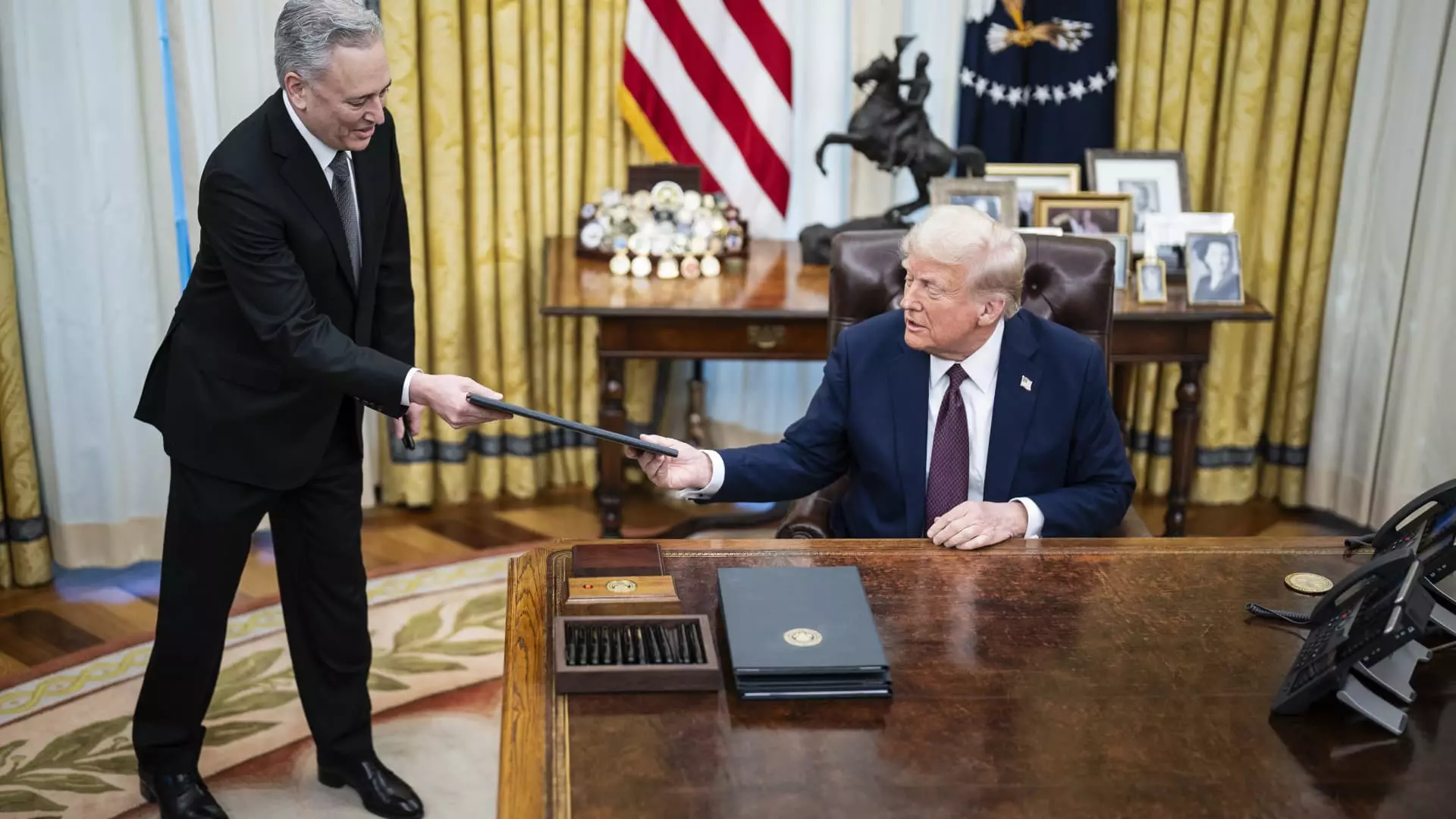When Donald Trump signed the executive order to establish a Strategic Bitcoin Reserve, he set the stage for a transformative shift within the U.S. digital asset policy landscape. This priority not only positions bitcoin as a tactical asset but also reflects a broader understanding of the currency’s potential as a legitimate player in global markets. The move, spearheaded by the adept White House Crypto and AI Czar David Sacks, signifies a stark departure from the inertia often associated with governmental crypto regulation. This isn’t just an administrative measure; it is emblematic of how cryptocurrencies can be harnessed for economic strategy—a paradigm shift that could signal a new era of financial governance.
Bypass Taxpayer Burden
One of the most critical aspects of this initiative is that it will prevent taxpayers from shouldering the financial weight associated with the reserve. By utilizing bitcoin acquired through criminal and civil forfeiture cases, the government navigates the complexities of funding through public means. The U.S. currently maintains an approximate arsenal of 200,000 bitcoin, a figure that raises eyebrows given the lack of a comprehensive audit. This novel approach of leveraging seized assets not only demonstrates financial prudence but also underscores how strategic policymaking can enhance the nation’s coffers without imposing additional taxes.
However, the emphasis on bitcoin alone raises questions about diverse asset management. Such exclusivity, while promoting bitcoin as a singularly valuable asset, excludes other cryptocurrencies that may exhibit viable long-term potential. Yet, with undeniable strength, experts like Nic Carter argue that anchoring the U.S. reserve solely on bitcoin could legitimize the asset on a global scale, akin to gold—a sentiment that demands deeper contemplation.
The Critical Voices
Despite the enthusiasm, the conversation around Trump’s Strategic Reserve isn’t unanimous. Prominent figures within the crypto community have expressed reservations, especially concerning the inclusion of other cryptocurrencies like ether and XRP. Bitcoin billionaire Tyler Winklevoss articulated this skepticism, cautioning that these additions might dilute the reserve’s objectives. From the perspective of seasoned bitcoin advocates, the risk lies in positioning these alternative coins as legitimate contenders for a reserve that is designed to consolidate value.
Ryan Gilbert’s statements further articulate the necessity of caution. Active trading within the reserve could inadvertently inject volatile speculation into an otherwise stable structure. The distinction here is crucial: a reserve ought to be a steadfast entity that embodies long-term value rather than a speculative playground for market fluctuations.
Concrete Steps Ahead
Looking ahead, the responsibilities of Treasury Secretary Scott Bessent and Commerce Secretary Howard Lutnick in shaping policy directives are pivotal. Sacks’ recognition that the United States lost over $17 billion by prematurely selling seized bitcoin is a concrete reminder of the potential limitations of the past. Now, with clear directives and a commitment to budget-neutral acquisition strategies, the U.S. is poised not only to take a stand but also to lead in the crypto arena.
Essentially, the formation of a U.S. Digital Asset Stockpile to manage confiscated cryptocurrencies alongside bitcoin enhances institutional credibility. Knowing that there’s a structured entity overseeing these assets instills a sense of stability and trust in the burgeoning crypto ecosystem. By drawing a line between speculative trading and the inherent value of digital currencies, the government can facilitate a sustainable future for bitcoin as an asset class that investors can trust.
The Future is Bitcoin
There’s little doubt that Trump’s new initiative could solidify bitcoin as a cornerstone of the U.S. economic future. By unequivocally designating it as a pivotal reserve, the government increases its legitimacy and long-term viability. This creates an environment wherein institutions can confidently engage with bitcoin, knowing that it isn’t merely a fleeting trend but an asset poised for the long haul.
When the government endorses such a powerful statement, it transforms the narrative surrounding cryptocurrencies. It encourages a mindset shift from questioning the validity of digital currencies to employing them as essential components in national policy. This transition holds great promise for supporters of center-right liberalism, who often champion free-market principles. In an age where the economic landscape is continually evolving, the Strategic Bitcoin Reserve could signify a vital adaptation by the U.S. to solidify its position on the global financial stage.

